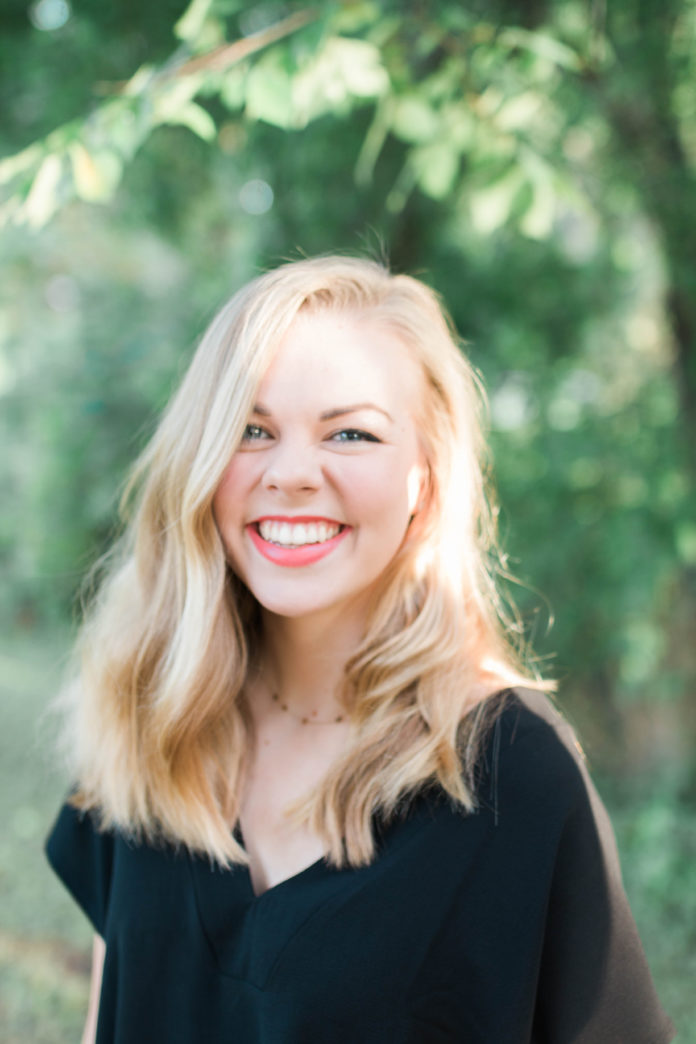
The first day of school entails the chance to accomplish old and new goals alike. For some students, this looks like firing the next shot in a series of targets or checking off tasks on long-term to-do lists. For students committed to creative career paths, whether arts or humanities-based, the journey to a successful future can feel a little less defined, especially so with diploma in hand. The Lariat spoke with Baylor graduates on creative paths about helping current students sharpen their focus as they prepare for the school year and beyond. Recent graduates Jenna Routh, Victoria Rutledge and Nathan Trampe answer questions about their experiences so far and offer advice for right-brained aspirants.
Q: What real-world obstacles did you encounter as you began to build your creative career?
NT: The biggest obstacle I have encountered thus far in my creative career is finding a serious market for my artwork. So many people are quick to fall in love with your work but hesitant to pay what it is worth.
VR: I think it can be easy to become discouraged when people try and change your mind about pursuing a creative career. You need to know what you want and go after it.
JR: A big obstacle I face is not being able to turn it off. I feel like I am never really in “work mode,” but I feel like I am never really out of it, either. I don’t come home from work at 5 and wind down for the night. And if I do, I am constantly thinking, “Have I done all the work I can do today?” or “I should probably be editing right now.” But let me just say, I would take all of these obstacles and 100 more if it came with the freedom that stems from creating art for a living. Art that fills people up and serves them in a big way. That makes everything worth it.
Q: What advice would you give to creative Baylor students who hope to make art for a living?
NT: I would encourage current Baylor students to be actively marketing their artwork and entering as many shows/events as possible while they’re still in school. The more you put yourself out there, the more people know you and know about you, making it easier to display and sell your work post-graduation.
VR: I knew what I wanted to be doing in five years, but I also knew that there were different paths I could take to get there. Talking to people who have already figured it out is really helpful. I asked several professors for advice, as well as emailed professionals who had jobs that I wanted to know about. I also think learning to get over a fear of failure is super important.
JR: Just keep doing it. Keep going, keep creating. Find what kind of art really fills you up, and keep doing that. You can’t expect money to roll in right when you start, and maybe not for a while after that. For myself (and a lot of other artists), the hardest part was the initial phase of “I am not good, and I am not getting any better. My work is boring. It is not turning out how I want it to. How can I get it to look like her work? How can I get it to look like his? When will I start creating something that people will pay me for?” That’s the hump you have toget over. You have to cross over into being proud of what you are creating. The biggest key is to do it without thinking about money.





